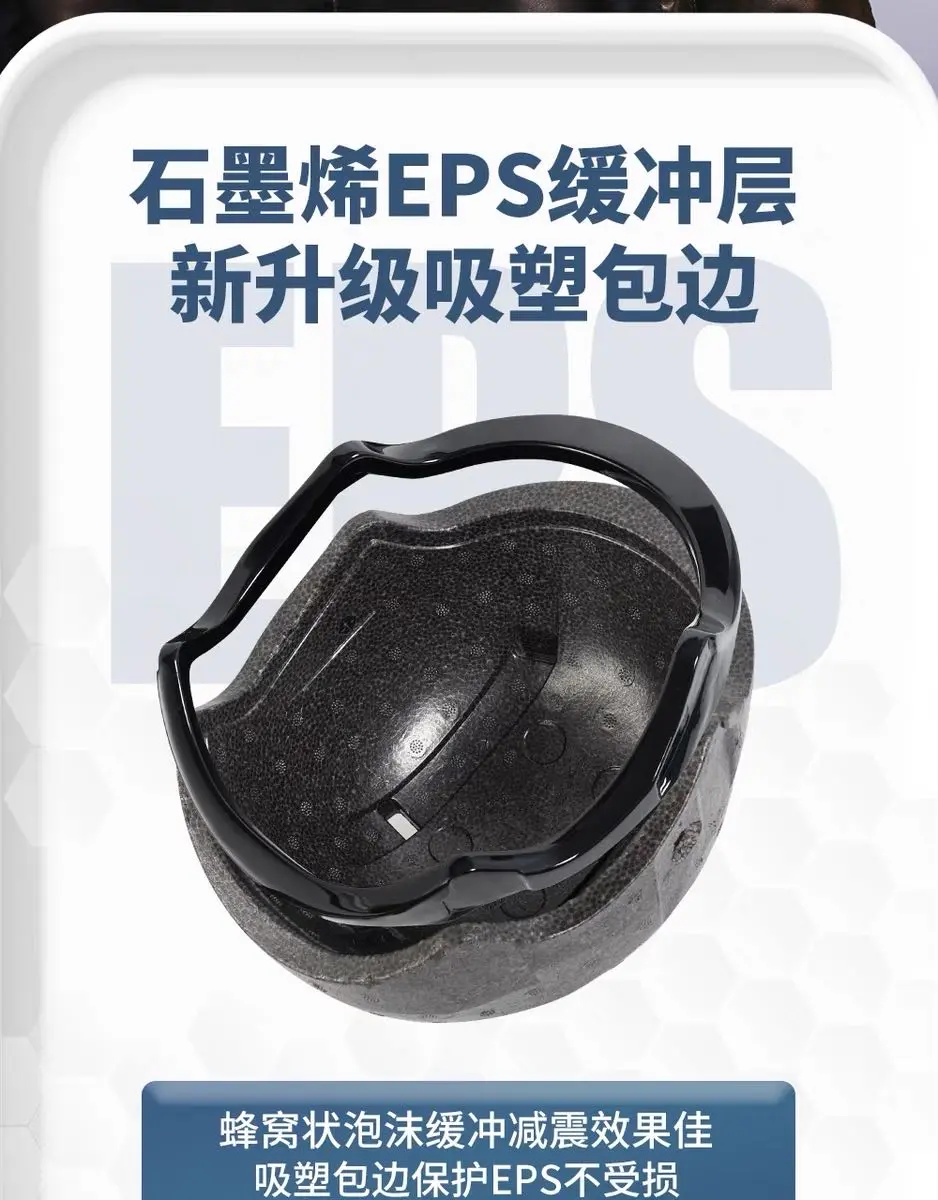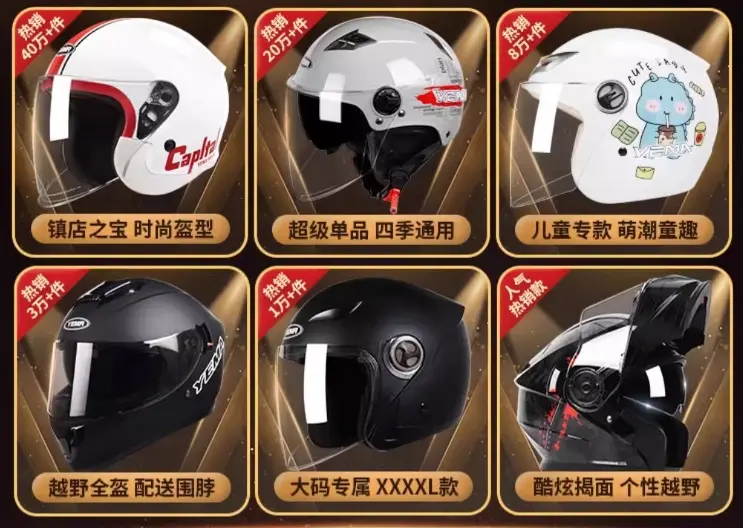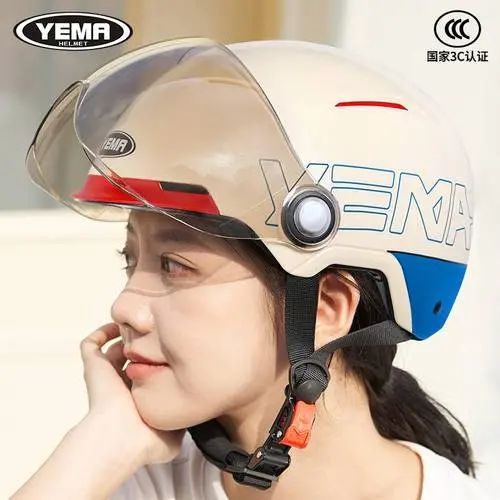There is not a simple linear relationship between the quality and the weight of a helmet. Therefore, we cannot simply assume that the heavier the helmet, the better it is. The quality of a helmet is closely related to factors such as its design, materials, and manufacturing process. When choosing a helmet, we should consider multiple factors comprehensively, rather than just the weight.
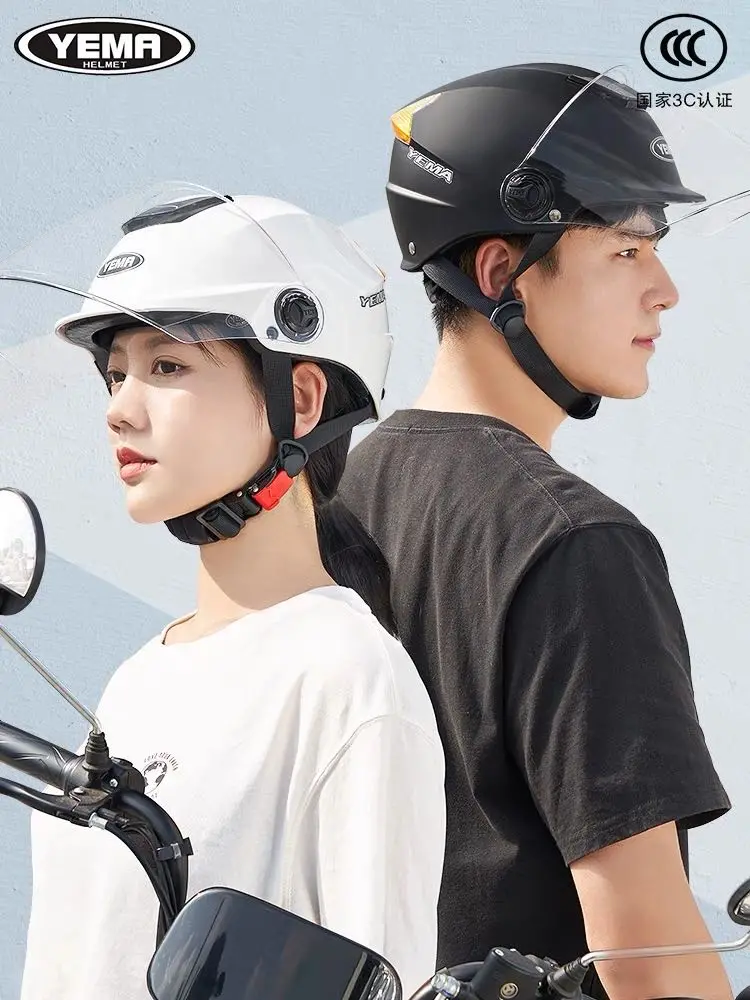
The following are some factors that need to be considered:
1、Safety is the primary consideration: The main purpose of a helmet is to protect the head from injuries. Therefore, safety is one of the most important factors. A helmet of good quality should meet the national 3C safety certification standard. The 3C certification ensures the helmet’s performance in aspects such as impact resistance and puncture resistance, thus providing effective protection for riders.
2、The influence of materials and design on the weight of the helmet: The materials of the helmet shell and inner lining, as well as the design structure, will all affect its weight and protective performance. High-quality materials and innovative designs can reduce the weight of the helmet while ensuring safety. Some helmets use lightweight materials and, through ingenious designs, maintain their protective performance while reducing the weight.
3、Comfort and user experience: The comfort of the helmet is equally important for the riding experience. An overly heavy helmet may cause discomfort when worn for a long time. Therefore, a balance needs to be struck between lightweight design and comfort during the design process to ensure that riders can stay comfortable during the riding process.
4、Usage environment: Your riding habits and environment will also affect your need for the weight of the helmet. For example, if you often go on long rides, a lighter helmet may be more popular. However, in some cases, a slightly heavier helmet may provide better protection.
5、Personal preferences and trade-offs: The choice of helmet may also be influenced by personal preferences. Some riders may pay more attention to protective performance, while others may value lightweight design and comfort more. When making a choice, it is necessary to make trade-offs among factors such as protective performance, weight, and comfort.
6、Physical burden: If the helmet is too heavy, it may place an additional burden on the neck and shoulders. When choosing a helmet, you need to consider whether it will affect the health of your neck and shoulders.
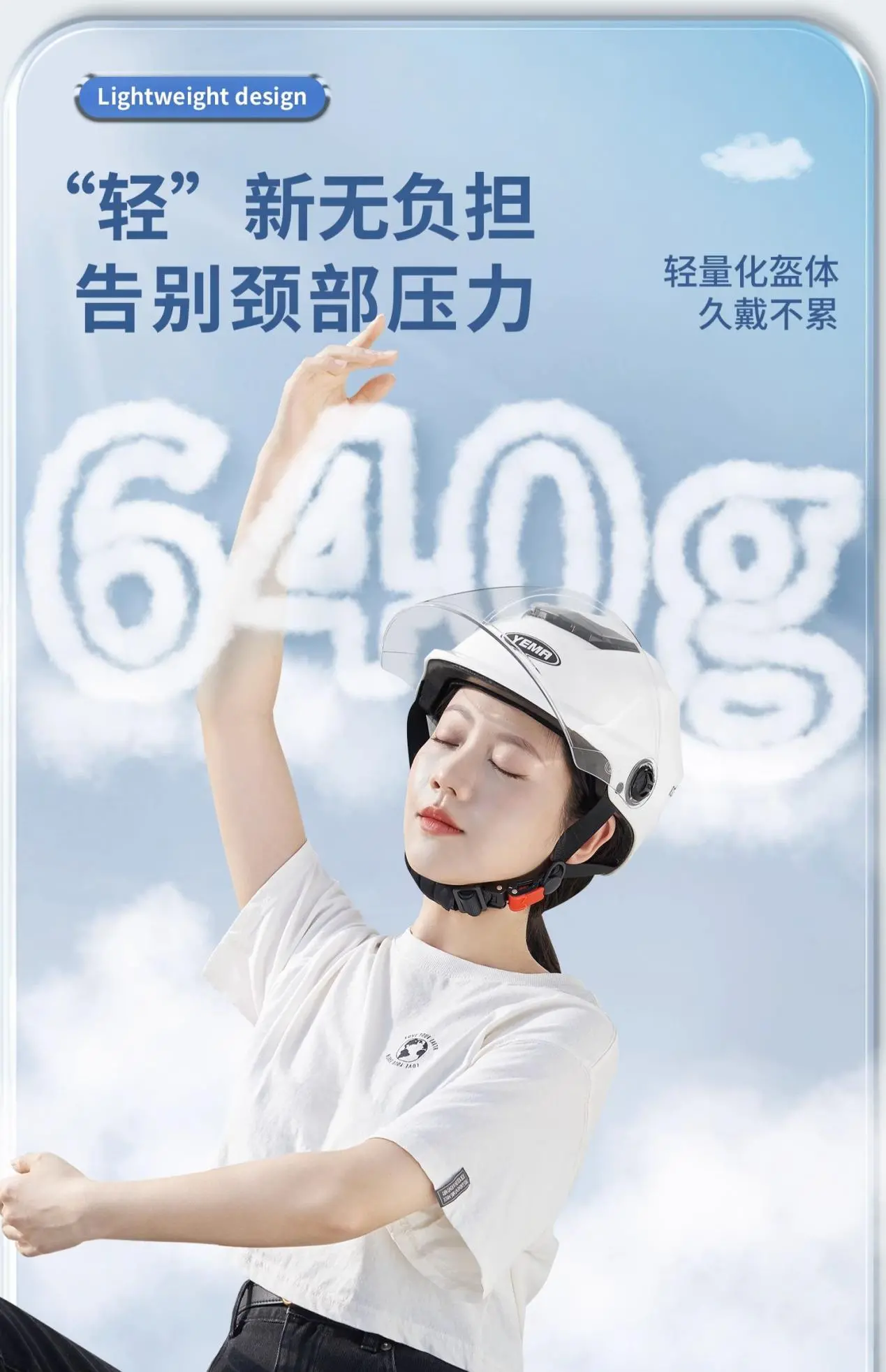
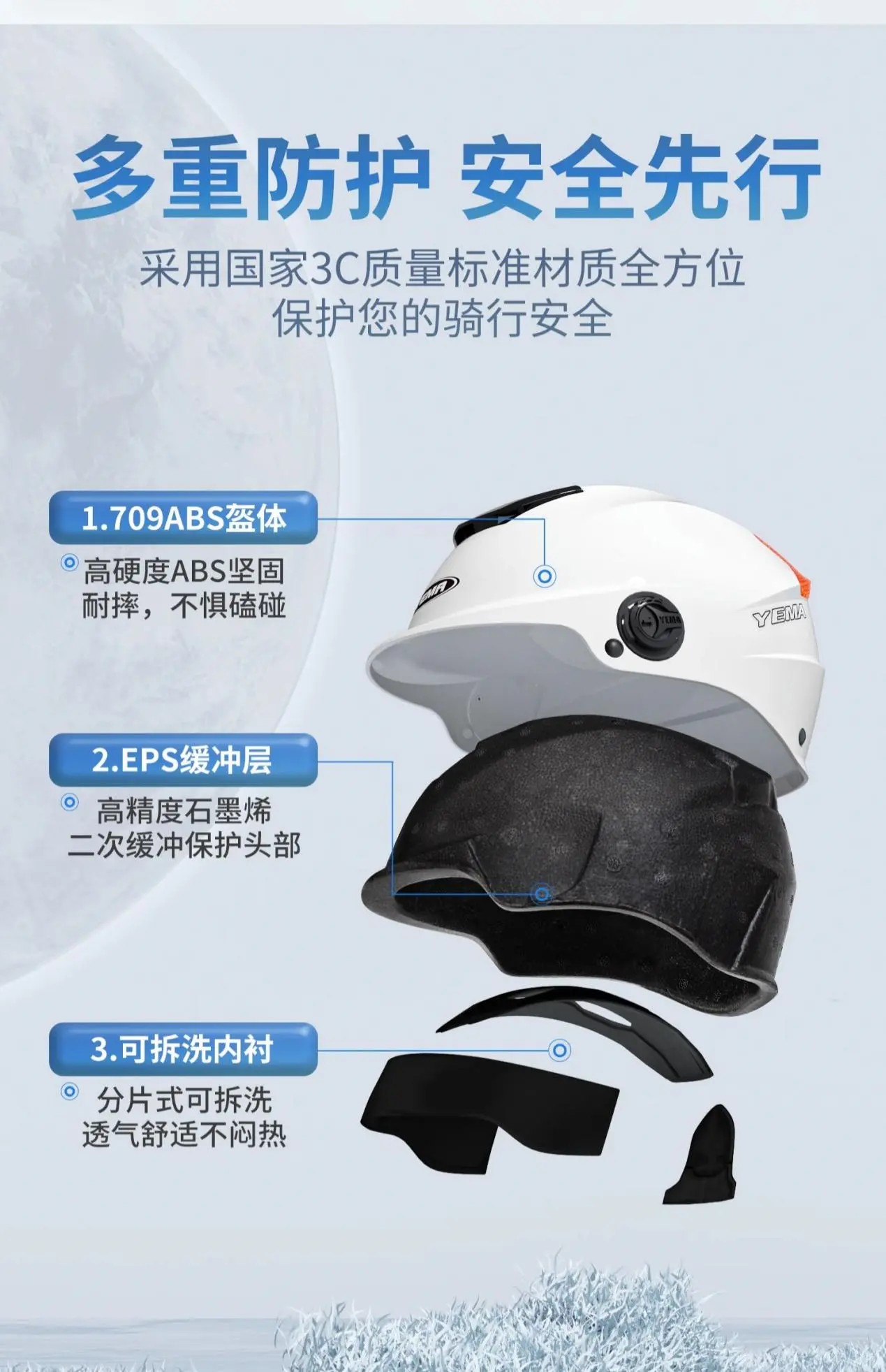
In conclusion, the weight of a helmet is not the only evaluation criterion, and multiple factors need to be considered comprehensively. When purchasing a helmet, you should choose a certified helmet with good quality and a reasonable design to ensure that it provides sufficient protection and also maintains appropriate comfort.
The YEMA Yema helmet of model 335S has a net product weight of 640g. It has a lightweight helmet body, so you won’t feel tired even after wearing it for a long time. At the same time, it is a helmet that meets the national standards and has passed the national 3C certification, with high protective performance. It is comfortable to wear and has strong protective power. No wonder it has won the favor of countless people.

